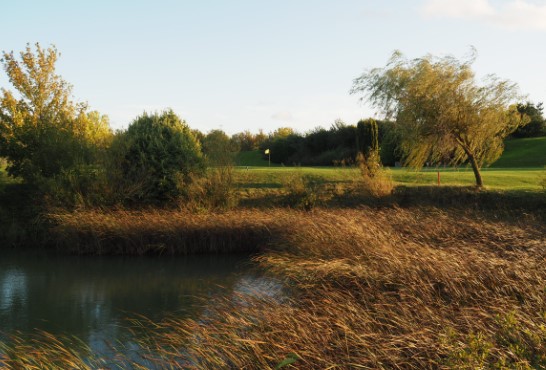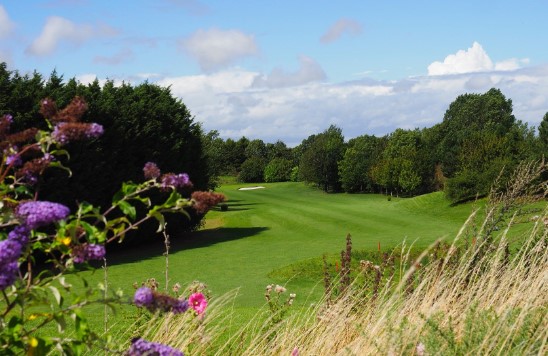For years, golf has been battling a perception that it’s just not good for nature. But are golf courses actually bad for the environment? With 38,000 golf courses located across cities and coastlines across the world, many believe golf courses are negatively impacting on the environment due to use of chemicals, water wastage, and the decline of certain plant and tree species.
In fact golf courses, when managed properly, do significantly enhance biodiversity, conserve rare habitats, and can be one of the leading sectors in promoting positive environmental practices.
Stella Rixon, senior agronomic consultant at STRI Group explained, “Many are quick to brand a greenkeeper as lazy if an area of land looks like it hasn’t been maintained, but it’s all about getting the right balance. At a time when golf clubs are facing rising costs of materials and fuel, there is no better time to assess what areas need minimal maintenance and let mother nature take care of the site.”
Continuous improvement and monitoring of an ecosystem is so important and can create vital steppingstones for these urbanised landscapes. Habitats of any kind need maintenance. Heathland and link dunes require grazing and mowing to stop dominant species taking over. Greenkeepers are there to create a mosaic of habitats, helping to encourage strong biodiversity across the courses. Through studies, it has been proven that golf courses are even superior to farmlands for supporting the diversity of tree species and therefore bird diversity as well.
Nature conservation bodies are now increasing their efforts and funding into establishing ‘wildlife corridors’, which improve the capacity of species to move between remnant areas of good habitat. They have recognised golf courses as having important roles in the success of this mission. Numerous courses across the UK are involved with safeguarding rare species and re-introducing those which are declining. These incredible efforts are helping revive wildlife which may have been lost and creating eco-systems with longevity.
Attitudes towards golf courses needs to change. From a survey of 94 clubs in the UK, 90% of course managers considered that golf courses were important to wildlife, with over 60% wanting to do more to promote wildlife on their courses. In addition, over four million people a year register as golfers within Europe. The influence golf courses have on members is massive and through education can show how they themselves can have a positive impact on the environment in their own back gardens.
Stella Rixon continued, “Expert education can help groundskeepers fully understand the environment they manage so they can confidently make decisions on preservation for certain areas. For example, tidying up a pond may seem like good practice, however this can ruin a natural ecosystem. Strong communication with club members can bring understanding as to why certain measures have been carried out on the course and all the benefits this will have on the environment.”
STRI Group is passionate about creating sustainable spaces for people to enjoy and working alongside companies who share this vision. Celebrating its 30th year, the Golf Environment Awards (GEAs) has been promoting the incredible work of golf clubs across the UK, and internationally. Celebrating sustainability, conservation, ecology and caring for the environment; each year golf clubs share their journey into plans and practices they have, continually encouraging wildlife and biodiversity.
This GEAs are supported by lead partner The R&A, and sponsors BIGGA, Syngenta, Aquatrols, Tillers Turf and Jacobsen. Entries will close on Friday 13th September 2024 and winners will be revealed at the annual ceremony held in January 2025 during BTME week in Harrogate, Yorkshire.
Click HERE to visit the Golf Environment Awards website.
(Please note that all photographs published with this report were taken by Colmworth Golf Club)Tags


